Pumice (bims) in Agriculture
The most important physical properties are the aeration and water holding capacity in plant growing environments. Plant roots need air for respiration. Air is essential for metabolic processes in living organisms. Inadequate oxygen and aeration of the roots due to weaken the plant, slow the development, makes the plant more sensitive to cold damage and diseases. At the same time, it is also necessary to ventilate the diffusion of the stem cells and the carbon dioxide resulting from the respiration of microorganisms from the roots to the soil surface. Water kept in the environment is necessary for plant growth and other physiological processes. For this reason, it is important to provide a sufficient amount of water.
Ventilation and water retention are primarily a function of media porosity. Porosity consists of large and small voids. Large gaps are important for air handling and drainage, water retention in small spaces. Plant growth is severely limited when the amount of air filled space falls by 10% or less. The aeration porosity should be at least 20-25%. This value can be as high as 45% due to increased oxygen demand and carbon dioxide production in hot greenhouse conditions. Increased ventilation reduces water retention. However, frequent irrigation is preferred instead of bad ventilation.
The physical properties of the environment are not constant as they may vary according to the circumstances. Depending on the particle size distribution, significant changes are observed in the physical properties of the media such as bulk density and porosity. Jamming is another important factor that affects these characteristics. The compression causes an increase in bulk density and a decrease in large pores. Therefore, it is important to choose the appropriate particle size distribution in the environment as well as the stability of the material against changes that may occur during compression.
Pumice is a material that is widely used as a plant growth medium. Physical and chemical properties do not change. This situation allows pumice (bims) to be used repeatedly. It is also easier to handle, transport and use on site since it is lighter than soil. Turkey and in many parts of the world significant amounts of pumice (pumice) are available reserves. The world production amount of pumice (bims) in 2002 is 13 x 10 6 tons. The average annual production volume of Turkey is 1.5-2 × 10 6 tons.
The aim of this study pumice in various regions of Turkey (BIMS) by determining the properties of the material terms of aeration and water-holding capacity is to determine the potential to be used in agriculture. As a result;
Atatürk Üniversitesi, ERZURUM


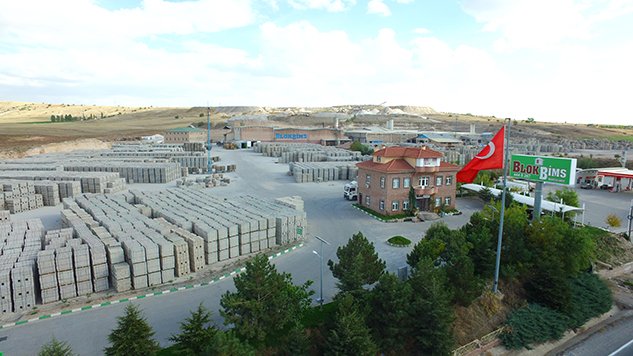
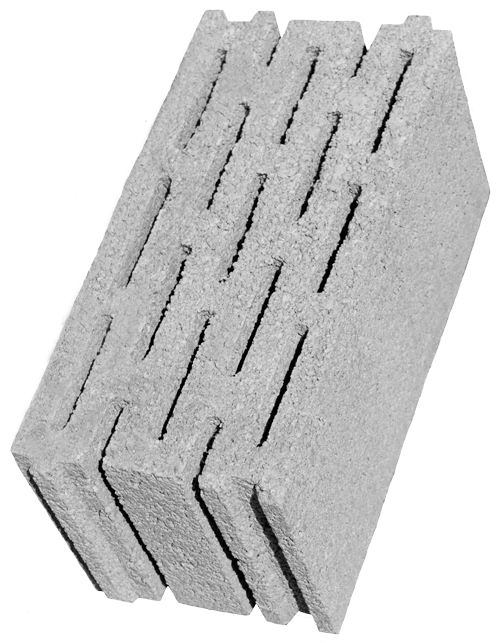
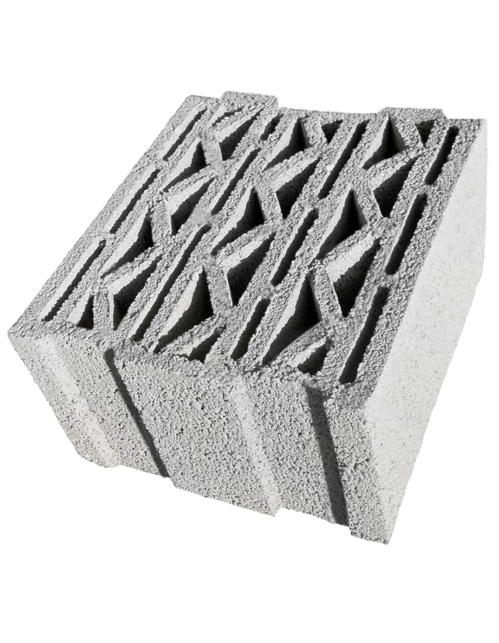
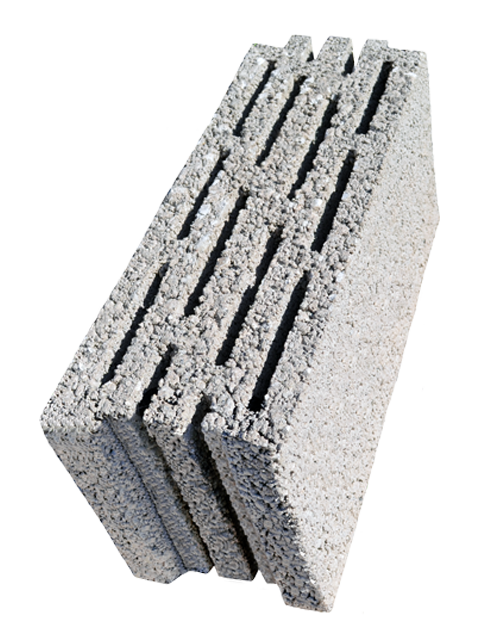
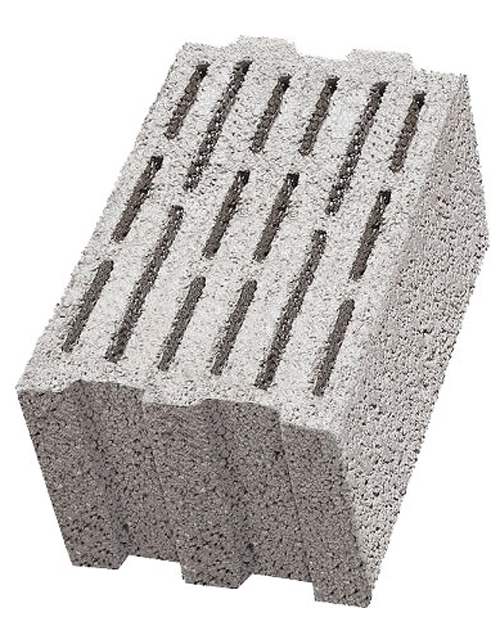
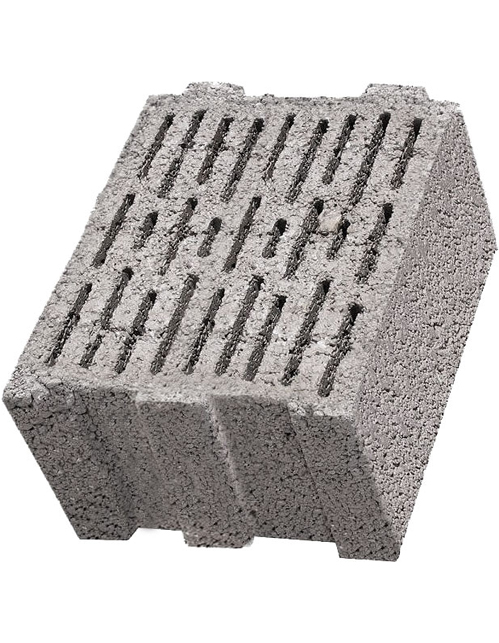
 organization. All rights reserved.
organization. All rights reserved.